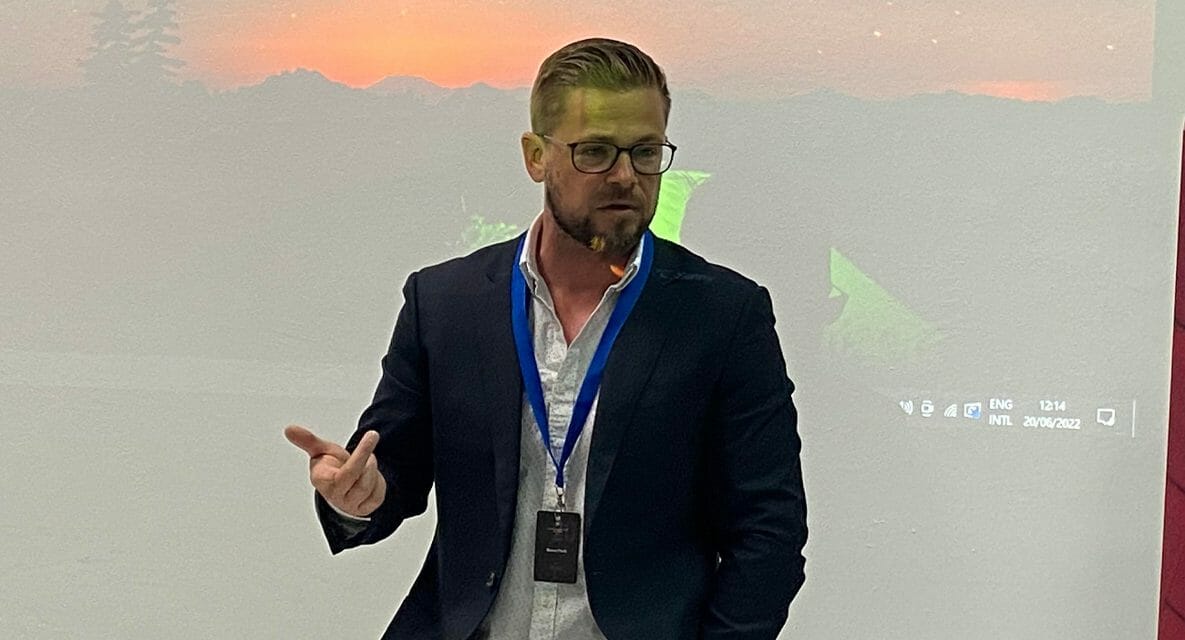CSI Associate Professor of Media Culture Reece Peck recently published “The Power of News Style and the Limits of Technology: Thinking Beyond the ‘Infocentric’ Orientation of Disinformation Studies,” in The Bulletin of Technology & Public Life (Jan. 2023), from the Center for Information, Technology, and Public Life at the University of North Carolina, Chapel Hill.
In the piece, Peck argues that scholars of disinformation are taking the wrong approach when they focus on the manipulation of algorithms and fact-checking on social media and news Websites, an infocentric approach. He argues, instead, for attention to the style of reporting, citing Fox News and its creator, Rupert Murdoch, who has successfully used tabloid-style reporting across a number of different media platforms to build a large and devoted audience. Peck cites an international study that examined news audiences across four countries and demonstrated how in each national context, a news outlet’s brand identity had more influence on public trust than its editorial bias or factual soundness. This is underscored in Murdoch’s case; his style informs audience trust, not merely factual information.
In addition, Peck notes the cultural shifts that have occurred in the U.S. since the Nixon years where people are no longer voting with an eye toward their perceived material interests, but as an expression of group loyalties and cultural attachments. He points out that so-called right-wing populist ideas are now viewed as the realm of working-class people with less education, whereas more left-leaning ideas are now seen as attracting middle-class people with higher levels of education. This, Peck states, is a symptom of a growing gap between college-educated and non-college-educated populations, which he calls the most politically salient social divisions in the country.
Looking to the future of disinformation studies and the possibility of a more style-based and brand-identity approach, Peck said, “It is heartening to see some journalism and political communication scholars start to seriously consider brand identity, style, and aesthetics as analytical categories but overall I am not very confident most media critics and policy makers will abandon the infocentric approach to news analysis. For one, the political communication field tends to favor quantitative methods over qualitative ones and, secondly, seeking to change news at a deeper cultural level is a much heavier lift than to do relatively low-cost technical tweaks to algorithms and platforms.”
As for the future control of disinformation, he added, “Think tanks and foundations that fund disinformation research want results that are easy to quantify. But the rise of Donald Trump emphatically illustrated the power of style and branding, yet foundations are still hesitant to fund cultural-stylistic analysis of news and politics. This is because questions around news tastes and media authority are complex and messy and have no easy answers.
“These technologically focused, low-investment solutions that such foundations support have proven to be ineffective at stopping the flow of disinformation and addressing political polarization. To address this issue, we must start from the beginning with some basic questions: How have the greatest purveyors of disinformation gained cultural authority and the public’s trust? They started by creating distinct media brands with compelling narratives, personalities, and visual aesthetics. That’s the true secret to their power, not simply telling lies.”
By Terry Mares

















